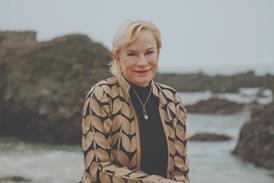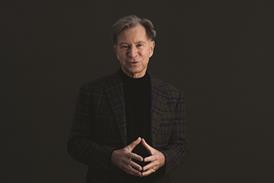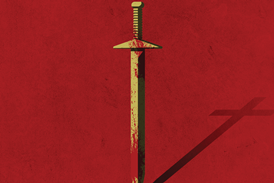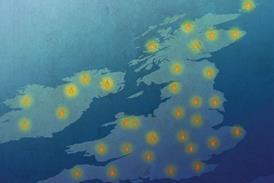John Henry Newman has been made a Doctor of the Church. But who is he and what does it mean?
By  Jack Chisnall2025-08-13T09:15:00
Jack Chisnall2025-08-13T09:15:00

St John Henry Newman, one of the most influential English theologians of the 19th century, is to be made a Doctor of the Church by Pope Leo. Jack Chisnall, who lived in Newman’s room at Oxford, explains what it means - and the impact Newman had on his own life and faith
As an undergraduate, John Henry Newman would look from his bedroom window and consider the flowers. White snapdragon, in particular, which adorned the wall that divided Newman’s student digs at the University of Oxford from the neighbouring building.
The stability of the plant gave him dreams of academic glory – “the emblem of my own perpetual residence even unto death in my University”, he recollected. He became a Church of England priest but, after his conversion to Catholicism in 1845, he was all but hounded out of a university which, in those days, could only receive worshippers of the Established Church.
Instead, Newman now awaits the exalted role of ‘Doctor of the Church’, which Pope Leo recently announced he would bestow upon him. It follows his canonisation in 2019.
Related articles
-
 Regular Columnists
Regular ColumnistsAm I missing out on Eucharistic adoration?
2025-07-24T10:14:00Z By NT Wright
Tom Wright answers a reader’s question about the Catholic practice of Eucharistic adoration
-
 Opinion
OpinionWhy has a Catholic priest denied communion to an MP?
2025-07-02T16:31:00Z By Jack Valero
Chris Coghlan, a Catholic MP was publicly refused communion for voting in favour of assisted dying. Jack Valero explores what the Catholic Church teaches about denial of the Eucharist, mortal sin and conscience
-
 Opinion
Opinion17,000 people were just baptised in France. God is on the move
2025-05-01T09:44:00Z By Tony Wilson
s the French Catholic Church reports record numbers of baptisms over the Easter weekend, Tony Wilson wonders whether the ‘quiet revival’ is also happening outside of the UK
More from History
-
 Opinion
OpinionWhat every Christian should know about St Augustine of Hippo
2025-10-31T15:22:00Z By Jean Kabasomi
A theology graduate’s journey of discovery reveals how Augustine of Hippo, one of Christianity’s most influential figures, was African - and why this matters for Black Christians today who’ve been told theology isn’t for them.
-
 Opinion
OpinionThe Killing Fields: Can there be redemption for a genocidal killer?
2025-04-17T09:11:00Z By Julia Cameron
Today marks 50 years since the beginning of the Khmer Rouge’s reign of terror, during which 1.3 million people were killed and buried in the Cambodian Killing Fields. In looking at the history, Julia Cameron unearths a shocking story of God’s lavish grace
-
 Opinion
OpinionSam Sharpe: the slave-turned-preacher who helped to bring about abolition
2024-10-22T07:23:00Z By Carlton Turner
Sam Sharpe was a Jamaican Baptist deacon who was hung for inciting a riot in 1831. He played a key role in ending the enslavement of Africans in the Caribbean. This Black History Month, Rev Dr Carlton Turner pays tribute to the faith of a man who sought to bring freedom to his people
- Issues
- Topics A-Z
- Writers A-Z
- © 2025 Premier Christianity
Site powered by Webvision Cloud
























